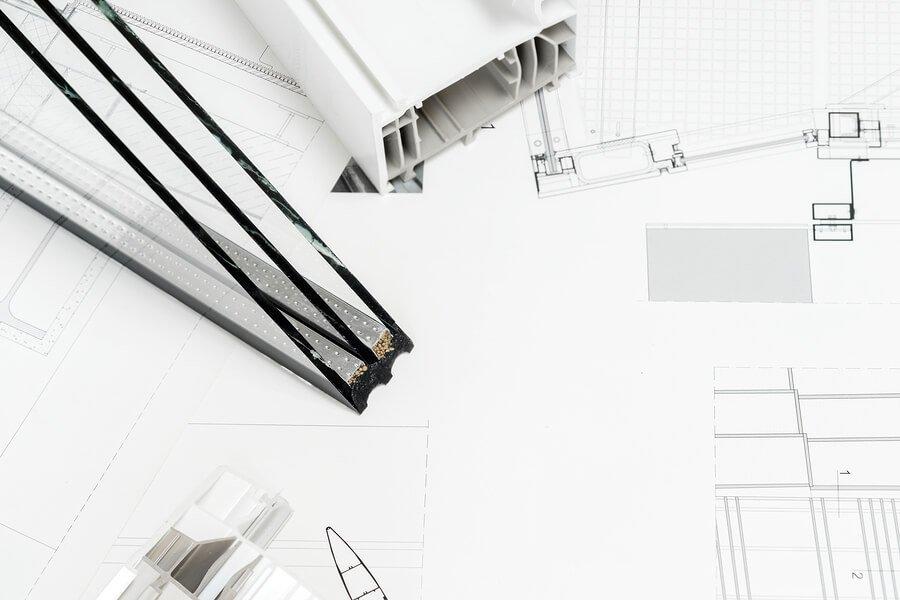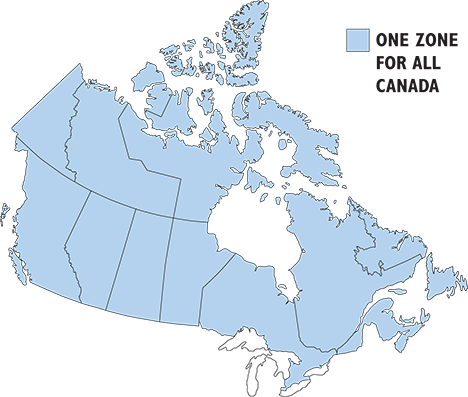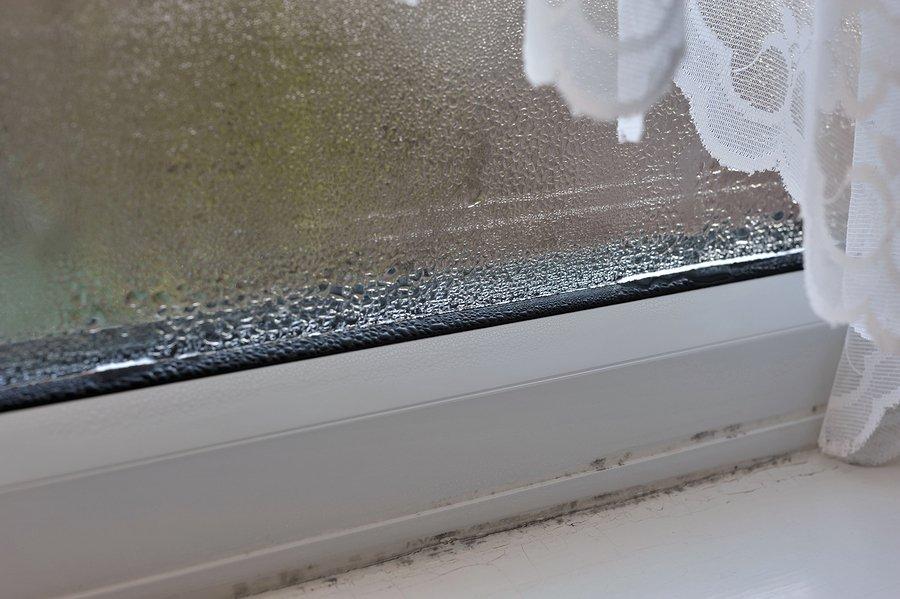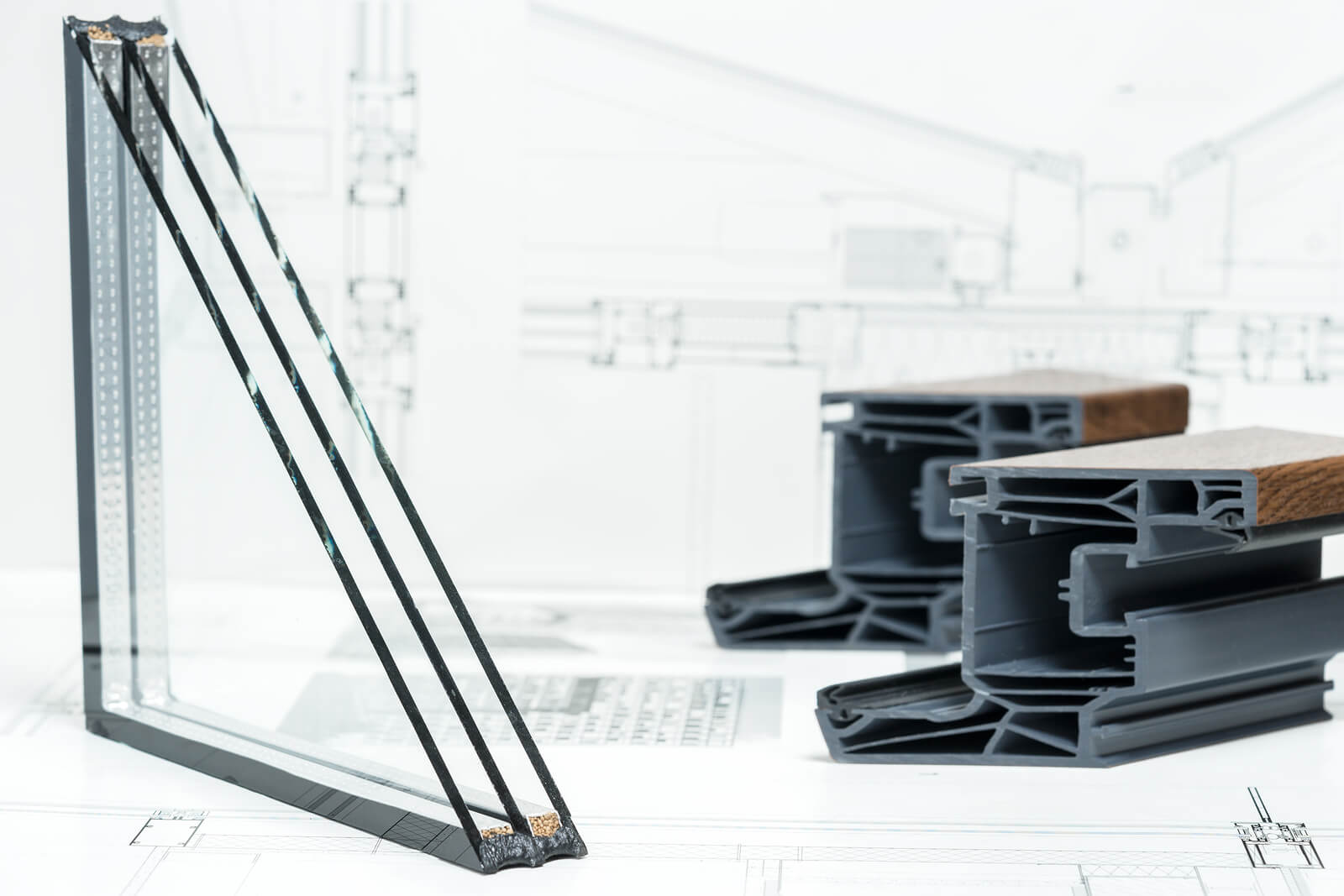One of the most commonly asked questions we receive is about the benefits of triple-pane windows.
When companies speak about windows, they usually refer to the number of panes of glass in the window unit: single glazed means one pane; double-glazed – two panes; triple-glazed – three panes.
For harsh Canadian climates, it is recommended that all windows should be at least double-glazed. Even then, it is impossible to make double-pane windows efficient in some climate areas in the country, without additional features to improve their performance. In this post, we will outline the benefits of triple pane glass for the window replacement market.

Let’s start with the basics.
All windows in Canada can be compared by their Energy Rating (ER): A window’s ER rating is a measure of its overall performance, based on three factors:
1) solar heat gains
2) heat loss through frames, insulating glass unit, and glass
3) air leakage heat loss.

As of January 2020, homeowners no longer have to consider a Climate zone when shopping for windows that are ENERGY STAR® certified in a particular area. A product in Canada is either ENERGY STAR® certified or not, with a single standard applied nationwide.
But keep in mind that if you are looking to purchase new energy-efficient windows, you should only consider models with a minimum ER (energy rating) of 34 to make sure that these windows meet the Canadian government fenestration standards.
As a rule of thumb, all energy-efficient windows will have the next features:
- Low-E Coating: Think of Low-E coating as invisible insulation. Low-E coated glass helps keep your home warm and cozy by blocking heat loss through windows while allowing the sun’s heat in. Low-E coating also blocks the sun’s harmful UV rays in the summer, keeping your furniture from fading, while keeping temperatures balanced.
- Argon or Krypton Gas: Argon or Krypton Gases are utilized to fill the space between the panes. Both gases conduct up to 50% less heat than air.
Here are five reasons triple-pane windows are a better choice than double-pane:
1. Triple Pane Windows have more gas fill
Because triple-pane windows feature two chambers, both can be filled with argon or krypton gas. That significantly contributes to a higher energy efficiency performance.
Here is a real life example on an Ecoline window:
A double pane window with 1 coat of Low-E 180 has an ER rating of 28, on the other hand, a triple pane window with the same configuration has an ER rating of 34.
This means an additional pane of glass with 2 chambers filled with argon gas improves the window ER rating by 20%.
2. Extra Pane of Glass means more Low-E
For better home efficiency, triple pane glazed windows offer an option to add an extra layer of Low-E due to the additional pane of glass.
A triple pane window with 1 coat of Low-E vs. the same window with 2 coats of Low-E translates into 12% improvement in ER rating.
For example, if we take a double pane Ecoline casement window with 1 coat of Low-E 180 it has an ER rating of 28 (zone AB) vs triple pane window with 2 layers of Low-E has an ER rating of 38 (zone ABCD).
That means that an additional coat of Low-E on a triple pane window improves the ER rating from 34 to 38 and on an overall basis, a triple pane window with 2 Low-E 180 coatings vs double pane window with one coat of Low-E 180 has a 35% improvement in ER rating.
3. Triple Pane Windows are more soundproof
One thing ENERGY STAR ratings don’t take into consideration is how well the windows prevent sound transmission. Yet many customers with new vinyl windows feel their new windows aren’t as soundproof as their old ones. Because of the extra pane of glass, triple pane windows are naturally more soundproof. Another feature in vinyl triple pane windows that contributes to reduced sound transmission, is the use of an Insulating Glass Unit between glazings. The insulating unit, also sometimes referred to as IG Unit, not only improves the efficiency of your insulated glass, it also helps reduce outside noise.
4. Triple Pane windows reduce condensation on glass
Triple pane windows stand a better chance of reducing condensation. It’s all about dew point, the temperature for a given relative humidity at which airborne water vapor condenses on surfaces. When the surface temperature of the interior pane of the window is below the dew point, condensation on the glass surface will occur. The dew point depends on both temperature and relative humidity. The better the insulation value of the window, the higher the temperature of the interior glazing surface, the less likely vapor will condense or frost on the glass.

5. Some benefits of triple-pane windows cannot be quantified.
When the temperature is below zero, you can sit in a chair beside a triple-glazed window and not feel as cold, this comfort advantage is something worth keeping in mind.
Overall triple pane windows achieve a higher ER value. They offer more energy efficient upgrades and attain overall higher performance values than that of a double pane window.
Sometimes customers ask about payback calculations for energy efficient windows. Although the question is relevant it is not always easy to answer. Each calculation relies on some assumption about the relationship between current and future prices of energy, a relationship that is unstable even for short periods of time, much fewer decades. We will most likely expect to see rising energy costs in the future, therefore our recommendation is to always purchase windows with higher energy performance rating.
At Ecoline Windows, the price difference between double and triple pane is about 10% premium. Which is an excellent value for the extra performance you get with triple-glazed windows. Find out more about Ecoline Windows products.
Check out:
How To Pick A Window Company
Find Out The Cost of Replacement Windows
One Thing You MUST Know Before Scheduling A Window Replacement Quote

